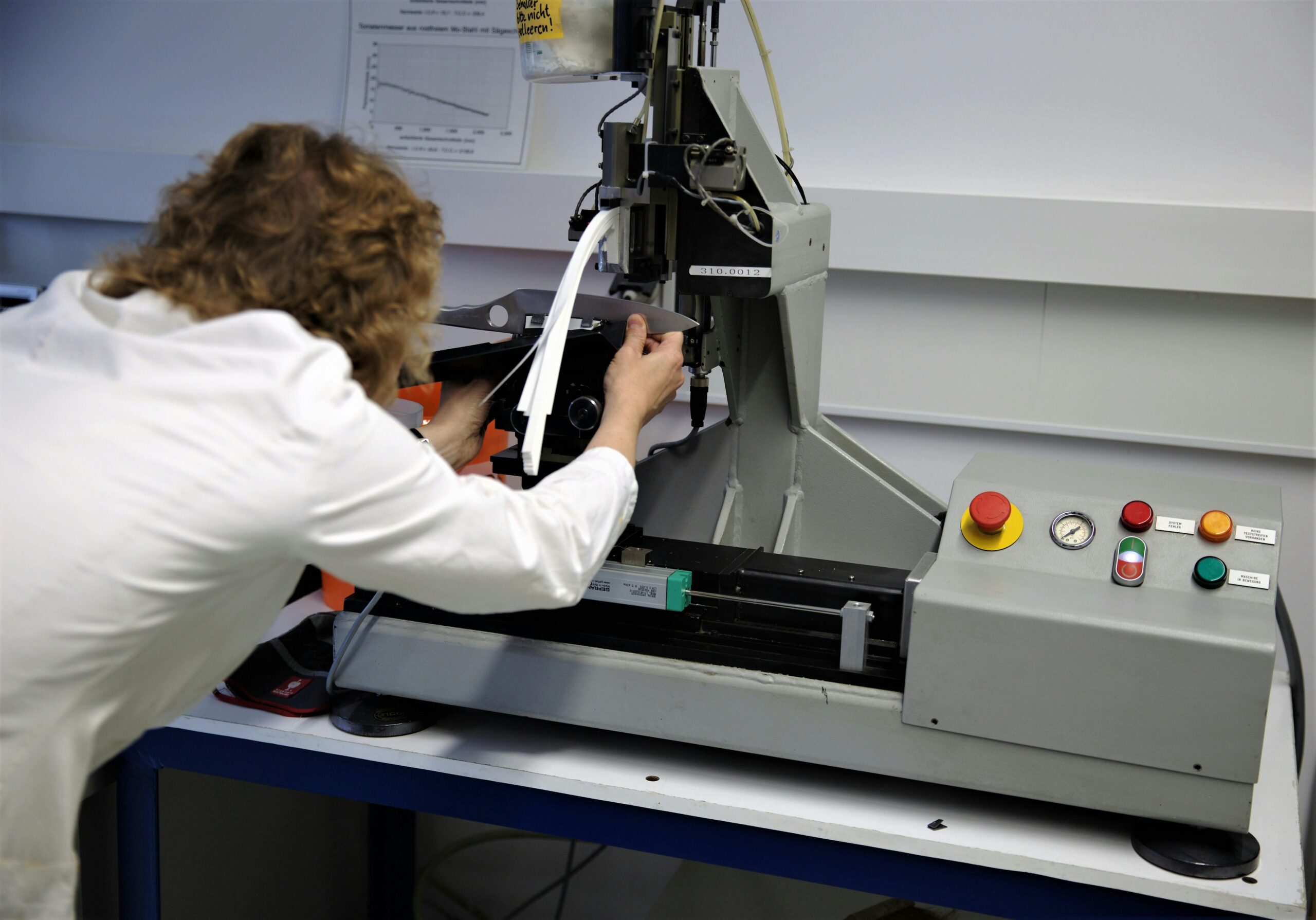In the pharmaceutical industry, product quality is non-negotiable. Unlike many other industries, even the smallest deviation in quality standards can lead to serious health risks, regulatory penalties, or loss of consumer trust. This is why pharmaceutical companies must strictly monitor quality metrics—measurable indicators that evaluate performance, compliance, and process reliability.
The U.S. Food and Drug Administration (FDA) and other global regulatory agencies have emphasized the importance of implementing Key Quality Metrics (KQMs) as part of a company’s Quality Management System (QMS). By tracking these metrics, pharmaceutical manufacturers can identify risks, prevent deviations, and continuously improve operations.
In this blog, we will explore the 6 key quality metrics in pharmaceutical industry, how to calculate them, why they matter, and best practices for implementation.

What are Quality Metrics in the Pharmaceutical Industry?
Quality metrics are quantitative measures that help pharmaceutical companies monitor manufacturing performance, product quality, and compliance with regulatory standards. They act as indicators of how well a company adheres to Good Manufacturing Practices (GMP) and regulatory guidelines.
These metrics are used by:
Regulatory bodies (FDA, EMA, WHO) to evaluate compliance.
Pharmaceutical companies to improve production and reduce risks.
Quality assurance teams to identify areas for corrective and preventive action (CAPA).
The FDA initiated a Quality Metrics Program to encourage data-driven decision-making in pharma manufacturing. This program emphasizes reporting of specific metrics that reflect the state of quality across manufacturing facilities.
Read more:Quality Metrics in Pharmaceutical Industry
Importance of Key Quality Metrics in Pharmaceuticals
The calculation and monitoring of key quality metrics are essential for:
Ensuring patient safety
Complying with FDA and EMA regulations
Improving operational efficiency
Reducing batch rejections and recalls
Supporting continuous improvement
Building regulatory trust and transparency
The 6 Key Quality Metrics in Pharmaceutical Industry
Now let’s break down the six most critical metrics that pharmaceutical companies must track, as recognized by regulators and widely adopted across the industry.
1. Lot Acceptance Rate (LAR)
Definition:
The Lot Acceptance Rate (LAR) measures the percentage of manufactured lots (batches) that meet quality standards and are accepted for distribution without requiring rework, rejection, or significant deviation investigations.
Formula:
LAR(%)=Number of Accepted LotsTotal Number of Lots Manufactured×100LAR (\%) = \frac{\text{Number of Accepted Lots}}{\text{Total Number of Lots Manufactured}} \times 100
Example:
Total lots manufactured in a year: 1000
Accepted lots: 950
LAR = (950 ÷ 1000) × 100 = 95%
Why It Matters:
A high LAR indicates stable, reliable manufacturing.
A low LAR suggests frequent deviations, poor process control, or raw material issues.
Best Practice:
Pharma companies should target >95% LAR for consistent operations.
2. Product Quality Complaint Rate (PQCR)
Definition:
The Product Quality Complaint Rate reflects the frequency of customer complaints related to product quality after distribution.
Formula:
PQCR(%)=Number of Quality ComplaintsTotal Number of Units Distributed×100PQCR (\%) = \frac{\text{Number of Quality Complaints}}{\text{Total Number of Units Distributed}} \times 100
Example:
Total units distributed: 10 million tablets
Complaints received: 100
PQCR = (100 ÷ 10,000,000) × 100 = 0.001%
Why It Matters:
Complaints can indicate issues in formulation, packaging, stability, or storage.
Regulatory agencies closely monitor complaint data as part of post-market surveillance.
Best Practice:
Maintain complaint rate as low as possible (<0.01%).
3. Invalidated Out-of-Specification Rate (IOOSR)
Definition:
The Invalidated Out-of-Specification Rate (IOOSR) measures the proportion of laboratory test results initially out-of-specification (OOS) but later invalidated due to lab errors, equipment malfunction, or analyst mistakes.
Formula:
IOOSR(%)=Number of Invalidated OOS ResultsTotal Number of OOS Results×100IOOSR (\%) = \frac{\text{Number of Invalidated OOS Results}}{\text{Total Number of OOS Results}} \times 100
Example:
Total OOS results: 50
Invalidated OOS results: 10
IOOSR = (10 ÷ 50) × 100 = 20%
Why It Matters:
A high IOOSR may indicate poor laboratory practices.
Regulators expect robust analytical methods to minimize invalid results.
Best Practice:
Keep IOOSR below 10% to demonstrate strong laboratory reliability.
4. Annual Product Review On-Time Rate (APR On-Time Rate)
Definition:
The Annual Product Review (APR) On-Time Rate measures the timeliness of submitting mandatory product quality reports to regulators.
Formula:
APR On−TimeRate(%)=Number of APRs Submitted On-TimeTotal Number of APRs Due×100APR \, On-Time Rate (\%) = \frac{\text{Number of APRs Submitted On-Time}}{\text{Total Number of APRs Due}} \times 100
Example:
APRs due: 100
Submitted on time: 95
APR On-Time Rate = (95 ÷ 100) × 100 = 95%
Why It Matters:
Demonstrates compliance discipline.
Late submissions can trigger FDA scrutiny.
Best Practice:
Target 100% on-time submissions.
5. Right-First-Time (RFT) Rate
Definition:
The Right-First-Time (RFT) Rate measures the proportion of manufacturing and quality operations completed correctly the first time, without errors, rework, or corrections.
Formula:
RFT(%)=Number of Error-Free OperationsTotal Number of Operations×100RFT (\%) = \frac{\text{Number of Error-Free Operations}}{\text{Total Number of Operations}} \times 100
Example:
Operations performed: 2000
Completed without errors: 1900
RFT = (1900 ÷ 2000) × 100 = 95%
Why It Matters:
High RFT reflects strong process control and training.
Low RFT leads to inefficiency, delays, and higher costs.
Best Practice:
Maintain >98% RFT for operational excellence.
6. CAPA Effectiveness Rate
Definition:
The Corrective and Preventive Action (CAPA) Effectiveness Rate evaluates how effectively a company addresses and prevents recurrence of deviations, complaints, or audit findings.
Formula:
CAPA EffectivenessRate(%)=Number of Effective CAPAsTotal Number of CAPAs Closed×100CAPA \, Effectiveness Rate (\%) = \frac{\text{Number of Effective CAPAs}}{\text{Total Number of CAPAs Closed}} \times 100
Example:
CAPAs closed: 200
Found effective: 180
Effectiveness Rate = (180 ÷ 200) × 100 = 90%
Why It Matters:
Demonstrates a culture of continuous improvement.
Regulators assess CAPA effectiveness during inspections.
Best Practice:
Maintain effectiveness rate above 90%
.Related:Complete Guide to Reactor in Pharmaceuticals
Applications of Key Quality Metrics
The 6 key quality metrics in pharmaceutical industry have applications in:
Regulatory compliance – FDA’s quality metrics reporting program.
Internal audits – Tracking process reliability.
Risk management – Identifying potential quality failures.
Continuous improvement – Enhancing manufacturing excellence.
Patient safety – Ensuring products are safe and effective.
Challenges in Implementing Quality Metrics
Data collection issues – Inconsistent reporting across sites.
Cultural resistance – Employees may see metrics as punitive.
Complex supply chains – Hard to track across global operations.
Technology gaps – Lack of digital QMS and automation.
Regulatory differences – Global variations in reporting requirements.
Best Practices for Managing Quality Metrics
Implement a digital Quality Management System (QMS).
Train employees on the importance of metrics.
Standardize reporting formats across facilities.
Automate data collection to minimize errors.
Benchmark against industry standards.
Conduct regular management reviews of quality data.
Conclusion
The 6 key quality metrics in pharmaceutical industry—Lot Acceptance Rate, Product Quality Complaint Rate, Invalidated Out-of-Specification Rate, Annual Product Review On-Time Rate, Right-First-Time Rate, and CAPA Effectiveness Rate—form the backbone of quality monitoring.
By accurately tracking and optimizing these metrics, pharmaceutical companies can:
Enhance compliance with FDA and EMA regulations
Ensure patient safety
Improve manufacturing efficiency
Build trust with regulators and customers
Ultimately, these quality metrics are not just about compliance—they are about creating a culture of excellence and accountability in the pharmaceutical industry.
Frequently Asked Questions (FAQ)
1. What are the 6 key quality metrics in pharmaceutical industry?
Lot Acceptance Rate, Product Quality Complaint Rate, Invalidated Out-of-Specification Rate, Annual Product Review On-Time Rate, Right-First-Time Rate, and CAPA Effectiveness Rate.
2. Why are quality metrics important in pharmaceuticals?
They ensure compliance, improve efficiency, reduce risks, and safeguard patient safety.
3. Who defines these metrics?
The FDA and other regulators provide guidelines, but companies may adopt additional metrics.
4. How often should metrics be monitored?
Most companies track them monthly or quarterly, with annual reports submitted to regulators.
5. What is the role of technology in managing metrics?
Digital QMS platforms and data analytics tools simplify data collection, reporting, and trend analysis.